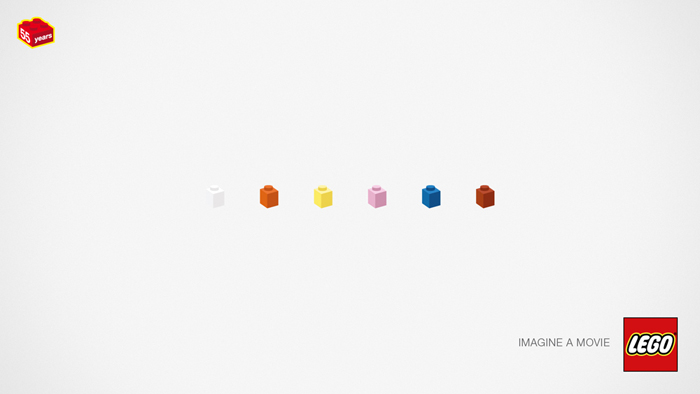We are all familiar with the Dos Equis “Most Interesting Man in the World” campaign. The campaign has been running for over six years now and has reportedly increased Dos Equis sales more than 15% while our nation’s economy continues to struggle. However, before the suave fellow was lapping opponents in drag races, counting backwards from infinity, and encouraging us all to, “stay thirsty, my friends”, the advertising world was interested in a different man.
In the early 1950’s (about 55 years before the Dos Equis man won a lifetime achievement award…twice) “The man in the Hathaway shirt” was intriguing consumers and inspiring men to wear Hathaway dress shirts. After 116 years of making fine shirts, the C.F. Hathaway company approached Ogilvy & Mather about making a print campaign to boost sales. David Ogilvy came up with the an ad that featured a man with an eye patch wearing a Hathaway shirt and Ogilvy’s signature informative copy.
The Big Idea was that the eye patch would give the man “story appeal” by making consumers wonder how he had lost his eye. The campaign was a success and Hathaway’s shirt sales doubled in less than five years. And yes, you read that correctly. The shirt sales for a company that provided shirts for soldiers in the civil war doubled in less than five years.
Have a look at the advertising industry’s original most interesting man in these classic Hathaway ads.



So what do you think? How did the man in the Hathaway shirt lose his eye?




